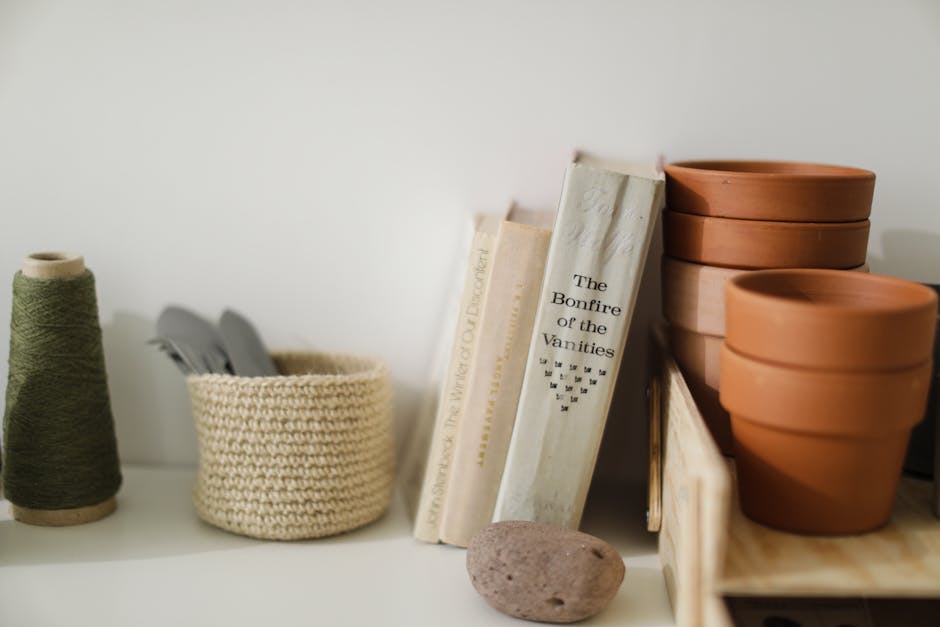Why Sustainable Gardening Matters
Gardening might seem low-impact, but the habits we bring into our backyards ripple out. Overwatering, synthetic fertilizers, and imported plants can quietly harm soil, waste resources, and disrupt local ecosystems. It’s easy to overlook, especially when everything looks green on the surface.
But small changes pack power. Switching to natural compost instead of chemical feed keeps soil alive—rich in microbes that nourish plant roots and store carbon. Choosing native plants supports bees, birds, and other pollinators, giving them familiar food and shelter. And when you adjust watering habits—think early morning or using mulch—you conserve water without sacrificing growth.
Zoom out, and sustainable gardening becomes bigger than lawns and lettuce. It’s a hands-on form of climate action. Healthier soil stores more carbon. Diverse, chemical-free gardens become mini-habitats. Even one small space managed mindfully can shift a little patch of earth back into balance. So no, it’s not just a hobby. It’s part of the solution.
Practice 1: Compost for Richer, Healthier Soil
Home composting gets a bad rap for being messy or complicated. It’s not. At its core, composting is just stacking the right kinds of kitchen scraps and garden clippings and letting nature do its thing. No high-tech gear required. You don’t need a sprawling backyard either—a basic bin, tumbler, or even a tucked-away corner will do.
The trick is balance. Think of composting as a recipe: greens (wet stuff like veggie peels, coffee grounds, and fruit scraps) and browns (dry things like leaves, cardboard, and paper). Too much of one or the other? It slows down. Meat, dairy, and oily foods? Skip them—they attract pests and smell bad. Glossy paper, synthetic materials, and anything labeled “biodegradable but plastic-looking” also don’t belong.
Why bother? Compost cuts down your trash output in a big way. Instead of contributing to landfill methane, you’re feeding your soil. Plants love it. Rich compost boosts growth, improves water retention, and reduces the need for chemical fertilizers.
Bottom line: composting is one of the simplest, most direct ways to garden smarter and waste less. No cape needed.
Practice 2: Choose Native and Climate-Appropriate Plants
Why Native and Climate-Friendly Plants Make Sense
When it comes to sustainable gardening, native plants are a smart and impactful choice. These species are naturally adapted to the local soil, weather, and environmental conditions—meaning they typically require less water, fewer chemical treatments, and less maintenance overall.
– Thrive in local weather patterns and soil textures
– Require less supplemental irrigation or fertilization
– Are more resilient to pests and local diseases
In contrast, non-native or exotic plants often demand more resources to survive, including water, synthetic inputs, and constant care. Shifting to native species reduces stress on local ecosystems and allows your garden to work in harmony with its surroundings.
How to Find Out What’s Native to Your Region
Every region has its own set of native plants, and finding them doesn’t have to be a guessing game. Start with resources tailored to your area:
– Visit your state’s extension service or native plant society websites
– Explore interactive plant maps from local conservation groups
– Ask staff at independent nurseries or botanical gardens for recommendations
Many guides break down native options by plant type—trees, shrubs, flowers, and groundcover—making it easier to plan a biodiverse and balanced garden.
Supporting Pollinators and Reducing Chemicals Naturally
Native plants don’t just benefit the soil—they support entire ecosystems. Many native flowering species are critical food sources for bees, butterflies, hummingbirds, and other beneficial pollinators.
By planting them, you help rebuild declining insect habitats and reduce the need for synthetic fertilizers or pesticides.
– Attract and sustain local pollinators naturally
– Encourage a healthy garden ecosystem from the roots up
– Reduce dependency on harsh chemical treatments
Supporting local biodiversity starts with smart plant choices. Leaning into native and climate-appropriate options turns your garden into more than a personal space—it becomes part of a larger network of environmental restoration.
Practice 3: Water Wisely
Let’s be honest—most gardens waste water. Between overwatering, poor timing, and runoff, a lot of it never reaches plant roots. That’s where drip irrigation comes in. Instead of spraying a wide area, drip systems deliver water straight to the base of your plants. Less evaporation, less waste—and it works whether you’re growing herbs on a balcony or tomatoes in a raised bed.
Rainwater harvesting is the next step. Barrels or cisterns placed under downspouts can catch gallons of free water every time it rains. It’s low effort, high reward. Even one barrel can cut down on your tap water use more than you’d think.
When it comes to timing, early morning is your best bet. Watering before the sun’s out in full force means more moisture reaches the roots before it starts to evaporate. Skip midday watering unless you’re into feeding the sidewalk.
And don’t forget mulch. A two-to-three-inch layer of natural mulch (think bark, straw, or shredded leaves) keeps the soil moist longer and doubles as weed control. It saves water now and protects your beds long-term.
Smart watering isn’t just good for your plants—it’s less strain on your budget and the environment.
Practice 4: Ditch Synthetic Chemicals
The promise of instant growth and pest control is tempting. Quick-fix fertilizers and pesticides offer fast results, but they come with long-term costs—some of them hidden beneath the soil. Synthetic options can deplete soil microbes, disrupt pollinator health, and contaminate groundwater. Over time, your garden may depend on more and more chemicals just to appear healthy.
Natural alternatives exist—and they work. Compost tea, fish emulsion, and worm castings build soil health instead of stripping it. Neem oil, diatomaceous earth, and companion planting can ward off pests without torching your ecosystem. These solutions aren’t just about doing less harm; they help create resilient gardens able to thrive without a chemical crutch.
Going organic might take a bit more patience upfront, but it pays off season after season. For tested, low-impact pest solutions, check out Natural Pest Control Solutions for Healthier Plants.
Practice 5: Go Beyond the Garden
Sustainability doesn’t stop with your plants. What you use to house, support, and nurture them matters too. Instead of buying new plastic pots or garden decor, consider what you already have. Old buckets, crates, and even kitchen containers can become planters. Reclaimed wood makes great raised beds or trellises—and it keeps useful materials out of landfills.
Next, think about where your plants come from. Supporting green nurseries that grow without synthetic chemicals or offer biodegradable packaging helps push the system toward better practices. Seed-sharing communities are another smart move. They’re low-cost, low-waste, and help preserve heirloom varieties you won’t find in big-box stores.
Finally, take a hard look at your toolkit. If it’s plastic, aim to swap gradually for longer-lasting options—metal, bamboo, or recycled materials. It’s not about tossing everything out at once. It’s about making choices that last, and that don’t just serve the garden, but protect the world around it.
Start Small, Grow Smarter
Gardening sustainably doesn’t require a sprawling backyard or a hefty investment. In fact, some of the most impactful changes start small—right on a balcony, windowsill, or compact patio. The key is intentionality and a willingness to experiment within your means.
No Yard? No Problem
You don’t need an acre to make a difference. Many urban and suburban gardeners are proving that even limited spaces can yield beautiful, productive gardens.
– Container gardening is perfect for small spaces. Use pots, grow bags, or repurposed containers to grow herbs, vegetables, or pollinator-friendly flowers.
– Vertical setups, like wall planters, trellises, or hanging baskets, help maximize space and light.
– Grow high-value or quick-harvest plants like lettuce, basil, or cherry tomatoes in tight areas.
The Power of Habit
Sustainability is less about doing everything at once, and more about making small, consistent changes. When practiced regularly, even modest efforts build toward broader environmental impact.
– Reuse materials wherever possible, even small items like plant labels or yogurt containers.
– Learn to observe your plants and adjust methods based on their real responses—not just trends.
– Incorporate more sustainable tools and helpers gradually, instead of replacing everything at once.
What You Do Adds Up
Every sustainable choice—however minor it may seem—contributes to a healthier, more resilient ecosystem. Gardening isn’t just about growing plants; it’s about growing knowledge, habits, and intention.
Start with where you are, use what you have, and over time, you’ll create a space that’s as kind to the planet as it is lush and rewarding.
Final Takeaway
Sustainable gardening isn’t about getting it perfect—it’s about being intentional. You don’t need to flip your entire yard overnight or spend a fortune on fancy tools. You just need to start. A compost pile here, a native plant there. The choices add up.
Every decision you make in your garden has the power to shift things—healthier soil, more birds and bees, less waste. It’s not about doing everything. It’s about doing something.
So plant what matters. Use what you have. Be consistent. Let your space give a little more back than it takes.




